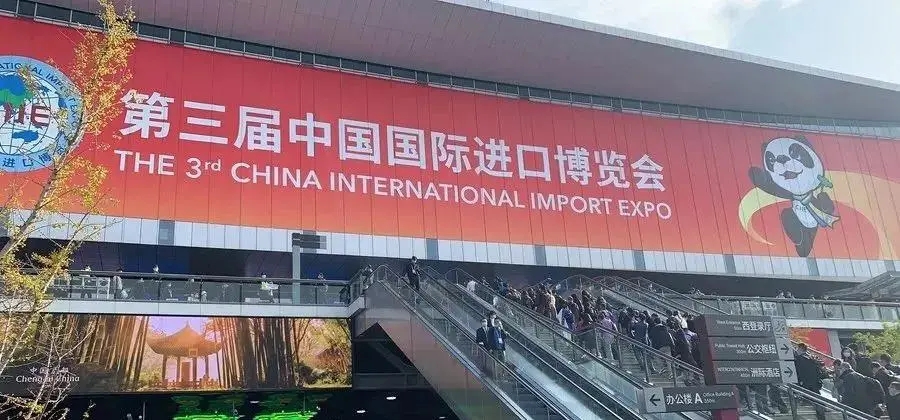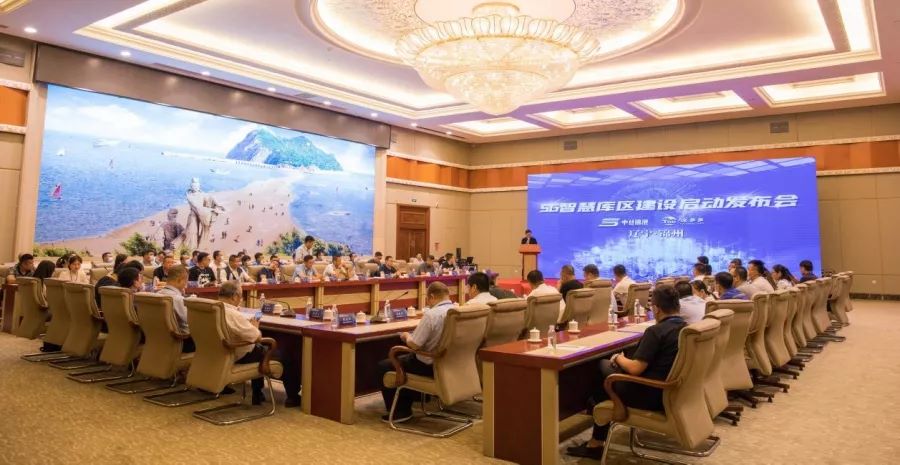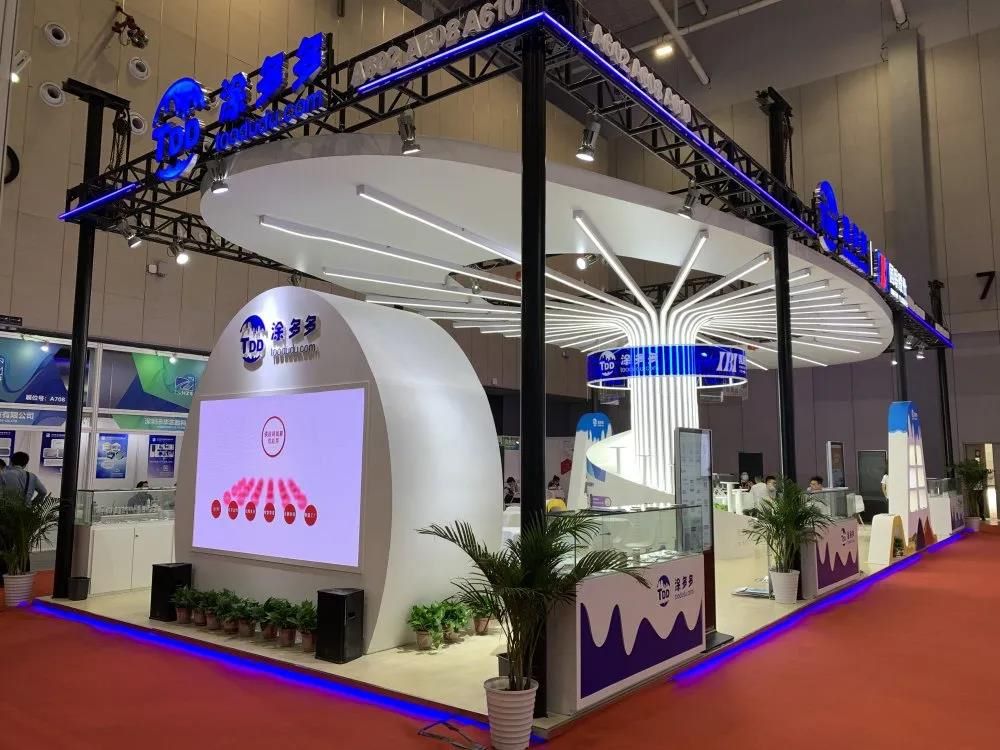Rubber market situation on May 22, 2025
On May 22, 2025, the rubber market showed a unique operating trend under the influence of the interweaving of long and short factors, attracting close attention from upstream and downstream enterprises and investors in the industrial chain.
Futures market performance
From the perspective of the futures market, the price of the main contract of natural rubber futures closed at 14,810 yuan/ton after the day's fluctuations, down 45 yuan from the previous trading day, a drop of 0.30%. The opening price on the day was 14,855 yuan/ton, the highest price reached 14,960 yuan/ton, and the lowest price dropped to 14,800 yuan/ton.
In terms of trading volume, it reached 402,400 lots, indicating that the market is highly active. Judging from the recent futures price trend, the price of natural rubber futures has shown a narrow range of fluctuations in the previous trading days, which reflects that the market has certain differences in the future trend of rubber prices.
The price of the main contract of synthetic rubber futures shows a different trend. During the trading period on May 21 (some synthetic rubber futures trading hours are different from natural rubber), its price opened at 6.9046 and closed at 6.9078. In the trading on the 22nd, the price further rose to 6.9172, up 0.0095 from the previous day's closing price, an increase of 0.14%.
The rise in synthetic rubber futures prices may be related to factors such as raw material supply and changes in downstream demand structure.
Spot market dynamics
In the spot market, according to the commodity market analysis system of Sino-Trade, as of May 21, the spot price of domestic natural rubber market hovered around 14,558 yuan/ton.
Taking Qingdao as an example, the mainstream quotation range of Guangken, Baodao and Haibao full latex in 23 years was 14,500-14,900 yuan/ton.
The raw material end has a significant impact on spot prices. In the early stage, Thailand announced a one-month postponement of rubber tapping, and the current overseas rubber tapping work was hindered, which pushed the raw material price to a high level.
On May 20, the price of Thai glue was 62.75 baht/kg, up 4.1% from 60.25 baht/kg on the 13th, which provided cost support for the spot price of natural rubber. However, as the overseas rubber tapping season progresses, the expected increase in raw material supply in the future may put downward pressure on raw material prices and spot prices.
The operating rate of the downstream tire industry has rebounded, which has provided certain rigid demand support for natural rubber. As of May 16, the operating load of semi-steel tires of domestic tire companies was around 78%, and the operating load of full-steel tires of tire companies in Shandong was around 65%.
However, the issue of natural rubber inventory is still a major concern of the market. As of May 18, 2025, the total inventory of natural rubber bonded and general trade in Qingdao was 614,200 tons. Although it decreased by 4,500 tons from the previous period, a decrease of 0.73%, the overall inventory level is still high, which has a certain negative impact on spot prices.
Other factors affecting the market
From a macro perspective, the uneven global economic recovery has an impact on the demand for rubber market. As the largest downstream application field of rubber, the automobile industry has obvious differences in production and sales in different regions.
The growth of the automobile market in emerging economies has driven the demand for rubber products; while the automobile consumption market in some developed economies has been relatively weak due to the slowdown in economic growth.
In addition, the uncertainty of international trade policies, such as trade frictions and tariff adjustments, will also affect the import and export trade pattern of rubber, and then have a transmission effect on the domestic rubber market price.
In terms of industry policies, the impact of environmental protection policies on the rubber industry is becoming increasingly prominent. On the one hand, the higher environmental protection requirements for rubber production enterprises have prompted enterprises to increase environmental protection investment, which has increased production costs to a certain extent; on the other hand, the policy orientation of encouraging the research and development and production of green tires, degradable rubber products, etc. has promoted the optimization and upgrading of the product structure of the rubber industry, and also brought new development opportunities for enterprises with technological innovation capabilities.
Outlook for the future
On the whole, the natural rubber market will continue to fluctuate in the short term. The support of the cost side and the pressure of high inventory are in a game with each other. Although the slow recovery of downstream demand has brought certain benefits, it is difficult to quickly change the market supply and demand structure.
It is expected that in the future, if the increase in overseas raw material supply exceeds expectations and the domestic inventory digestion speed is slower than expected, the price of natural rubber may face downward risks; on the contrary, if the operating rate of the downstream tire industry continues to increase and the demand in the automobile market shows explosive growth, the price of rubber is expected to gain momentum for growth.
The synthetic rubber market needs to pay attention to the stability of raw material supply, the impact of technological innovation on production costs, and its market expansion in emerging application areas (such as high-end rubber products, new energy-related rubber accessories, etc.).
Investors and companies need to continue to pay attention to market trends, seize opportunities brought about by price fluctuations, actively respond to potential risks, and seek steady development in the complex and ever-changing rubber market by optimizing procurement, production and sales strategies.











